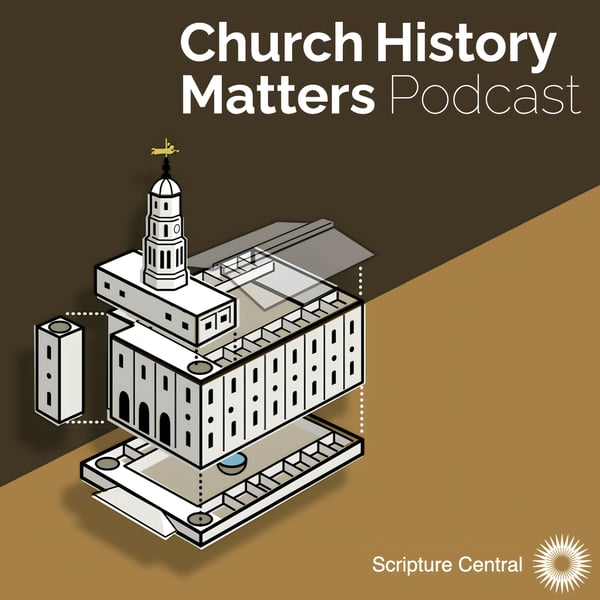011 Q&R! Tackling Tough Book of Mormon Translation Questions
Church History Matters
Scripture Central
4.9 • 1.3K Ratings
🗓️ 16 May 2023
⏱️ 51 minutes
🧾️ Download transcript
Summary
Transcript
Click on a timestamp to play from that location
| 0:00.0 | The more interesting the questions become. |
| 0:02.0 | For example, since Joseph Smith... the more interesting the questions become. |
| 0:12.6 | For example, since Joseph Smith never could read the original base language |
| 0:17.2 | engraven on the plains, what did he mean when he said he translated the Book of Mormon. |
| 0:23.0 | And was his translation best characterized as a tight translation, a loose translation, |
| 0:28.8 | or something else entirely? |
| 0:30.8 | And if the Book of Mormon was translated correctly the first time, why did Joseph Smith make |
| 0:35.3 | changes and adjustments to the text for subsequent editions years later? |
| 0:40.1 | Also, did Joseph translate with one seer stone or two connected in a bone? |
| 0:45.0 | And just how common was seer stone use in the broader New England culture in Joseph Smith's day? |
| 0:51.0 | And when did their use die off in both US and church culture. |
| 0:54.4 | Today on Church History Matters we sit down with Dr Michael McKay one of the |
| 0:59.5 | world's foremost scholars on Searsstones and the coming forth of the Book of Mormon to discuss |
| 1:04.7 | these and other great questions. |
| 1:07.2 | I'm Scott Woodward, a managing director at Scripture Central and my co-host is Casey Griffiths, |
| 1:12.4 | also a managing director at |
| 1:13.9 | Scripture Central and this is our sixth and final episode in this series dealing with |
| 1:19.1 | the marvelous shocking and utterly unique story of the coming forth of the Book of Mormon. |
| 1:25.0 | Now let's get into it. Hello, Scott, how are you? |
| 1:46.7 | Super good man, I'm excited about today's episode particularly we've been talking a lot about Book of Mormon translation you and I have been through |
| 1:51.8 | five hours so far of discussion about Book of Mormon translation, the coming forth, the witnesses, and today we get to have a special guest with us. We're excited. Do you want to tell us who's with us? |
| 2:05.6 | Yes, we have with us Dr. Michael Hubbard McKay, who is a colleague of mine here at Brigham Young University, used to be just down the hall from me. |
... |
Please login to see the full transcript.
Disclaimer: The podcast and artwork embedded on this page are from Scripture Central, and are the property of its owner and not affiliated with or endorsed by Tapesearch.
Generated transcripts are the property of Scripture Central and are distributed freely under the Fair Use doctrine. Transcripts generated by Tapesearch are not guaranteed to be accurate.
Copyright © Tapesearch 2025.

